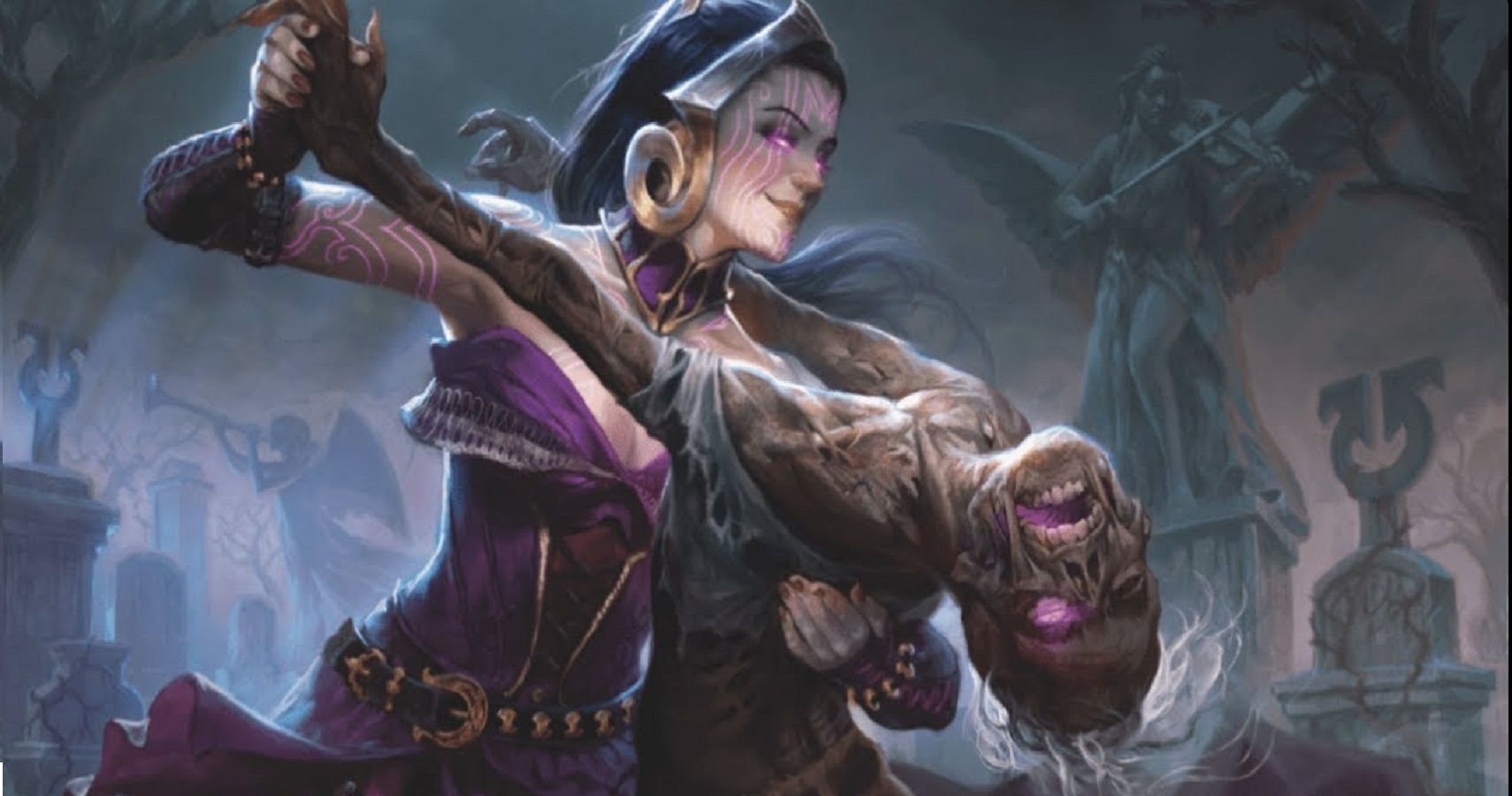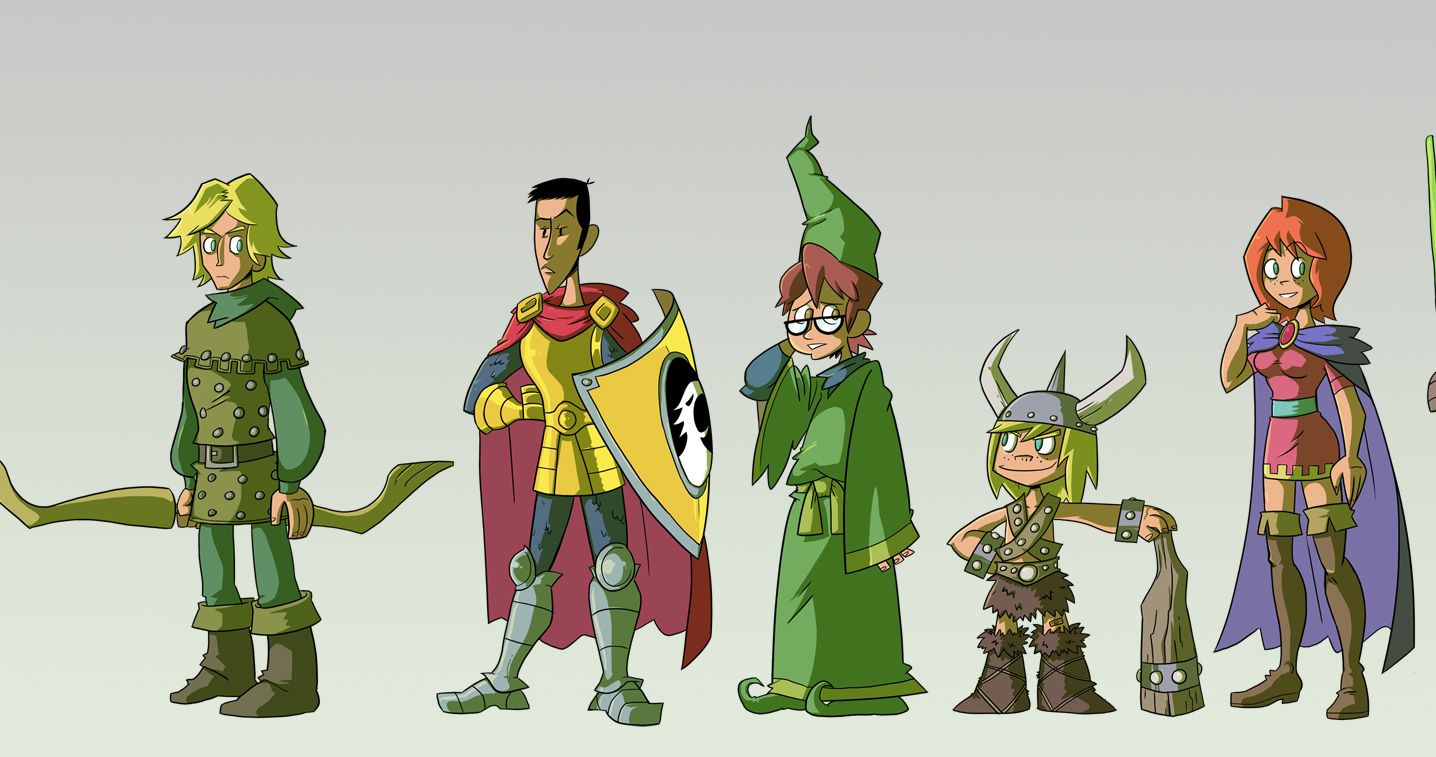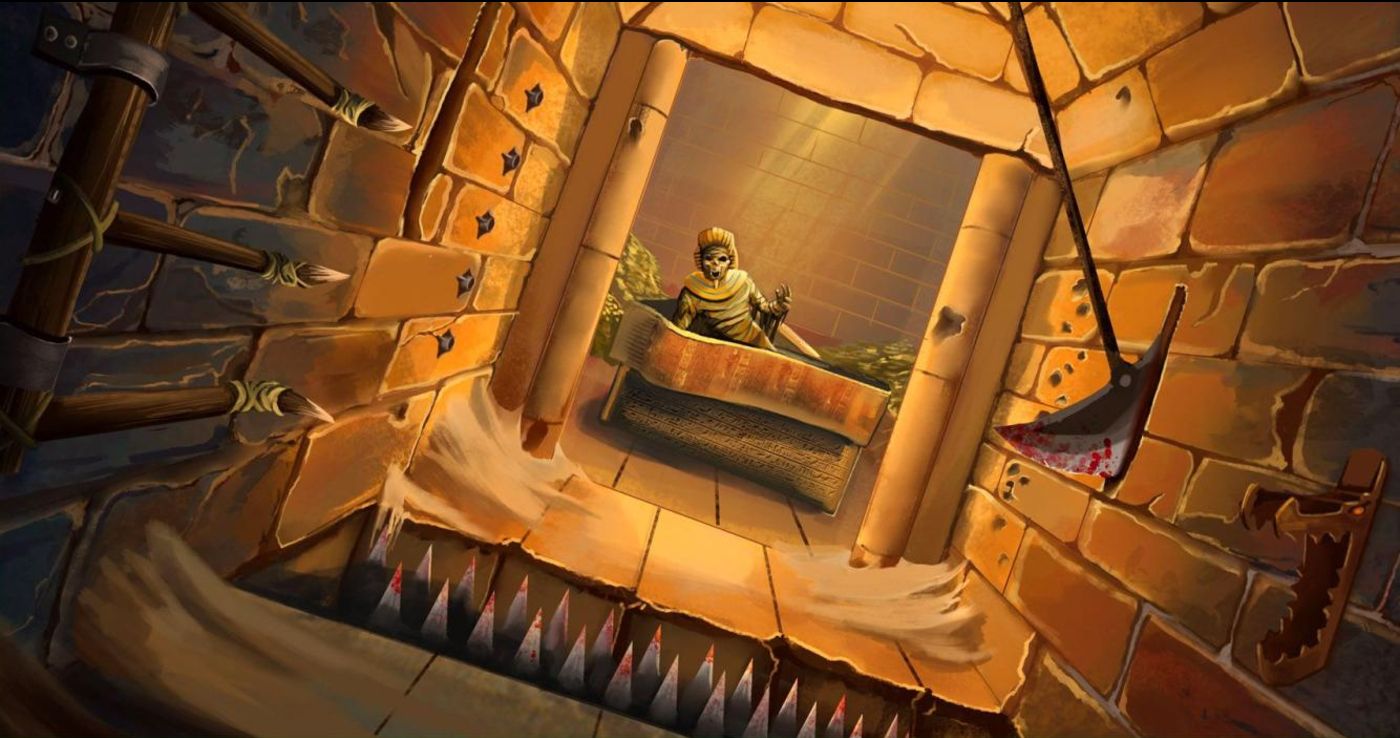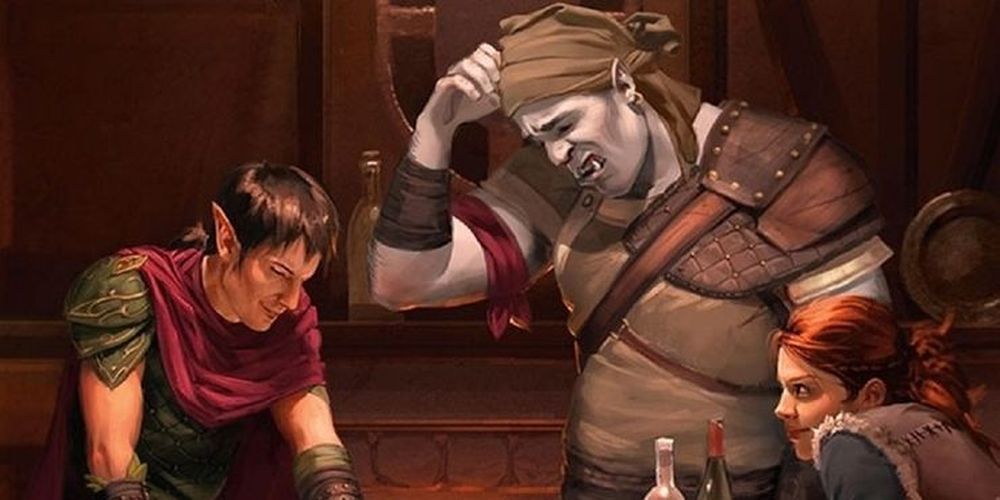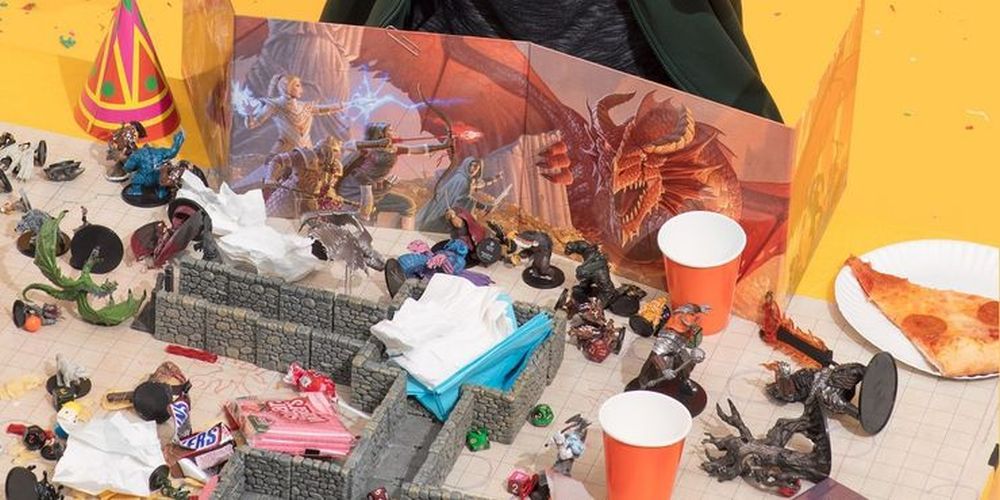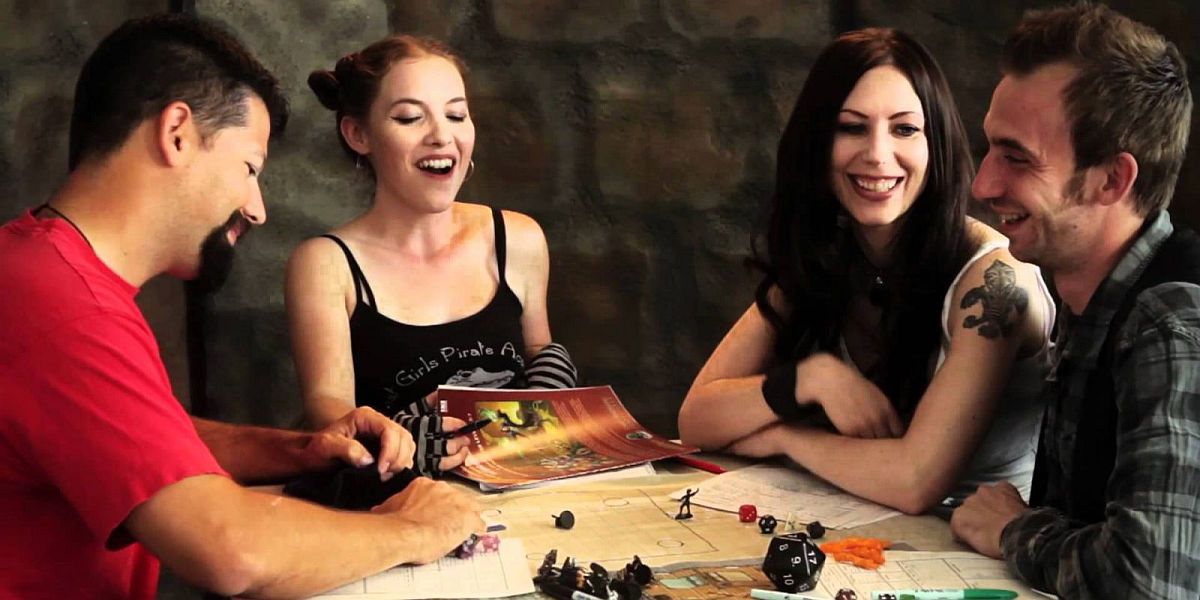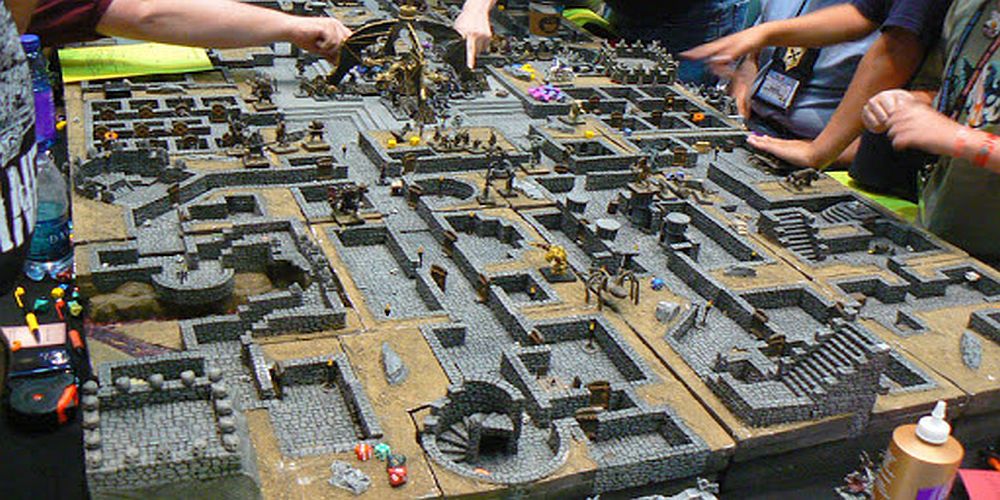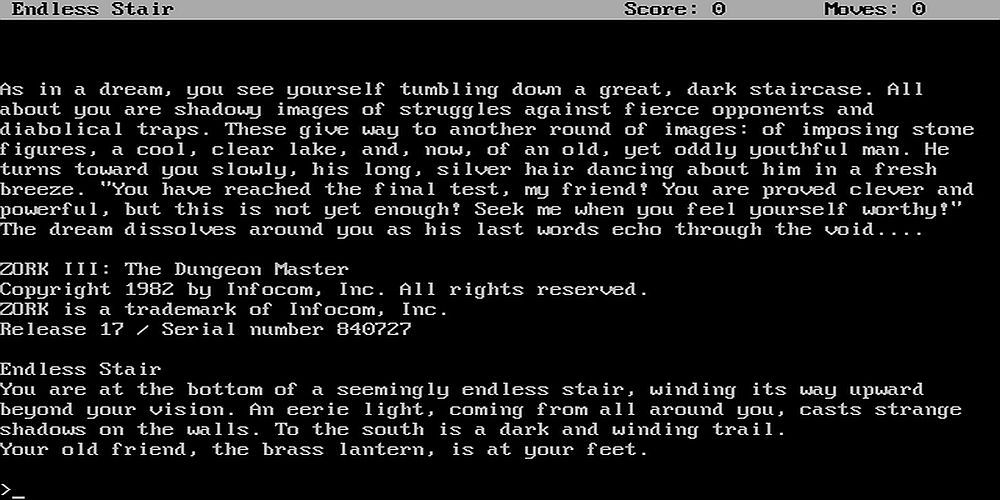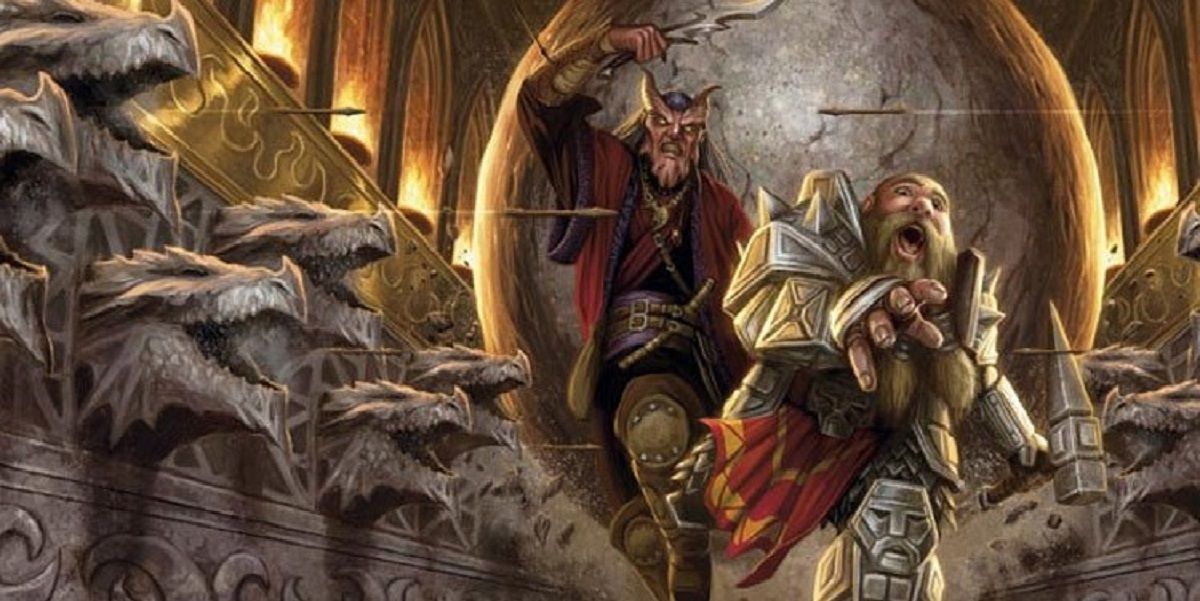Through video games, smart devices, and collector cards, Dungeons & Dragons has remained one of the most active live role-playing games. Its popularity has risen and waned since its introduction in 1974. For instance, it was huge during the 1980s and again in the 2010s.
What helps maintain its popularity is the ability to create unique adventures. Through narration and gameplay, the Dungeon Master (DM) and players become immersed in a theater of the mind. However, it needs to be done right for true enjoyment. Therefore, here are 10 tips for creating great D&D puzzles that your players will love.
10 Make Them Intellectual But Not Brainy
Even if you are a first-time DM running an adventure for starting players, you don't want to dumb down anything when creating a puzzle. It needs to be as interesting as possible without being too brainy.
There's no need for players to solve complicated tasks or formulas that require more than their wits. It frustrates them and, in turn, the DM as they need to answer more questions. In the end, think of a D&D puzzle as an Escape Room. Make the puzzles hard enough so the players feel accomplished when they solve them.
9 Minimize Their Complexity For Players And The DM
Similar to the above tip, don't make the adventure too complex. Truth be told, if the DM who created it gets confused, then how do you think the players will do? It's another situation where they will quickly lose interest. In addition, they'll be hesitant to play again for fear of the same situation.
Producing puzzles that seem to have no way out won't work. Every trap, monster, and object acquisition must have a way forward. It shouldn't require a 10-step process that's not readily defined by the DM.
8 Develop Puzzle-Based Problems
Think of this in terms of a jigsaw puzzle. While it's an accomplishment to complete one of these, the result is somewhat anticlimactic. In other words, it doesn't reveal anything that can't be seen on the box cover where the puzzle is stored.
To avoid this, "Okay, now what?" feeling from the players, DMs need to convert puzzles into problems. Again, they can look at the Escape Room scenario. The D&D players encounter a situation where an entrance is blocked or a dragon protects a needed element. What's the best way to overcome this hurdle? Once the solution is revealed and the players can move ahead, there's an increased feeling of achievement as well as a cohesion within the team.
7 Surround Puzzles With A Mystery
The best D&D modules are built around an encompassing mystery. Each completed puzzle reveals another item that when put together, solves the mystery. To frame this against modern pop culture, look at the concept around Ready Player One. Every time Wade Watts completed a task, a new item was revealed to him that opened another level of the game.
The secret doesn't have to be revealed as soon as the problem is resolved. It may come up as the players enter the next area. Then again, the initial resolution may bump up to another problem that reveals an even bigger resolution. To properly make this happen, DMs need to utilize the Blue's Clues theory. When put together, all of the items should fit into a comprehensive answer and subsequent reward.
6 Avoid Complex Gating
Gating has been part of games for decades. The excitement comes when players accomplish a puzzle and are rewarded with an object that unlocks a special portal or moves them to the next level. While simple gating is fine in an adventure, complex setups are not.
An example of a difficult set up would be finding a pair of keys with the same numbers that open one of three doors with different numbers. Unless someone has a degree in statistics or mathematics, the players will find themselves stuck and probably give up. So, keep it to one door for one key.
5 Encourage Players To Take Leaps Of Faith
Gamers, particularly new participants, are sometimes reluctant to take the plunge in adventures. Foremost, they want to build their characters up from first-level nobodies. Thus, they're a little dice shy when it comes to making huge decisions.
One way to fix this is through bonus puzzles. After players complete one puzzle, the DM can move them into another area for extra power-ups or even a short cut into another area of the adventure. This format gives hesitant players a chance to make leaps of faith. If they solve the puzzle, treasures await them. If not, then there's no harm.
4 Provide Detailed Narration
We're not asking DMs to imitate Howard Wolowitz and impersonate Christopher Walken as a dragon. However, we do feel they need to provide a detailed narration of the areas the players encounter.
Basically, they need to take the notes they wrote about their campaign and put them in a script. Details should include the type of room it is, its shape and size, any openings -- like a window or door -- and any other important features. You want to produce a theater of the mind sensation for the players so they see, hear, and feel the same thing in their minds. Or at least something close to it.
3 Add Foreshadowing Into Puzzles
Though D&D players like to be surprised about some things, they also want to know a bit about what's coming down the hallway. This is why DMs should add foreshadowing into a few of the puzzles.
There's no need to foreshadow at each location. Doing so is frustrating for the DM and the players to keep track of. A few found items at the start and middle of the campaigns can help move everything forward. These elements should increase as players get to the adventure's end. In a way, this last third of the event should be similar to how a film builds the tension for a final peak of action.
2 Avoid Skill Checks
D&D is an exercise in teamwork. In many situations, the participating groups will have a mix of powers, skills, and weapons. Therefore, when establishing puzzles, ensure they can be solved by everyone. Furthermore, no one should be left out of a reward if their skills aren't up to snuff.
Include the necessary tools for players to move forward. If someone is a gnome that has a hard time climbing walls, then include a pair of jumping boots or a levitation potion that only works for that puzzle. In the end, don't make players feel like they're the last person not selected in a game of kickball.
1 Ask Other DMs For Puzzle Examples
Overall, DMs are also players in other D&D scenarios. During those adventures, they may come across one or a set of puzzles that intrigues them. In these situations, they shouldn't be afraid to ask the DM for other examples of previously created puzzles.
There's a good chance most DMs will be willing to help. Though they might not allow you to use a specific puzzle, they can provide some guidance on how to create one. In fact, they may want to pair up with the other DM at some point to jointly create an adventure using each other's puzzles. It's a superb chance for these Dungeon Masters to take the next step forward in their skills.

